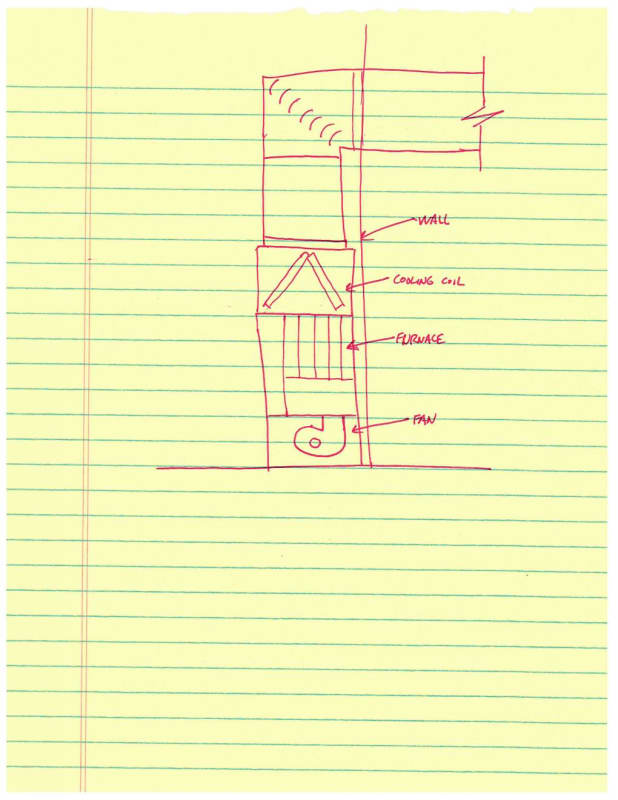232gulfstream
Mechanical
- Aug 24, 2020
- 27
For Rheem residential style furnace there is no such thing as breaking the fans back correct? Fan is located at the bottom so air needs to travel through furnace element then DX coil and then into the duct so it should be fairly laminar flow leaving the DX coil at which point I want to 90 after the supply duct gets into the ceiling area. Normally this would be a major no-no but I don't see anything in the installation manual that won;t allow this to be done.

